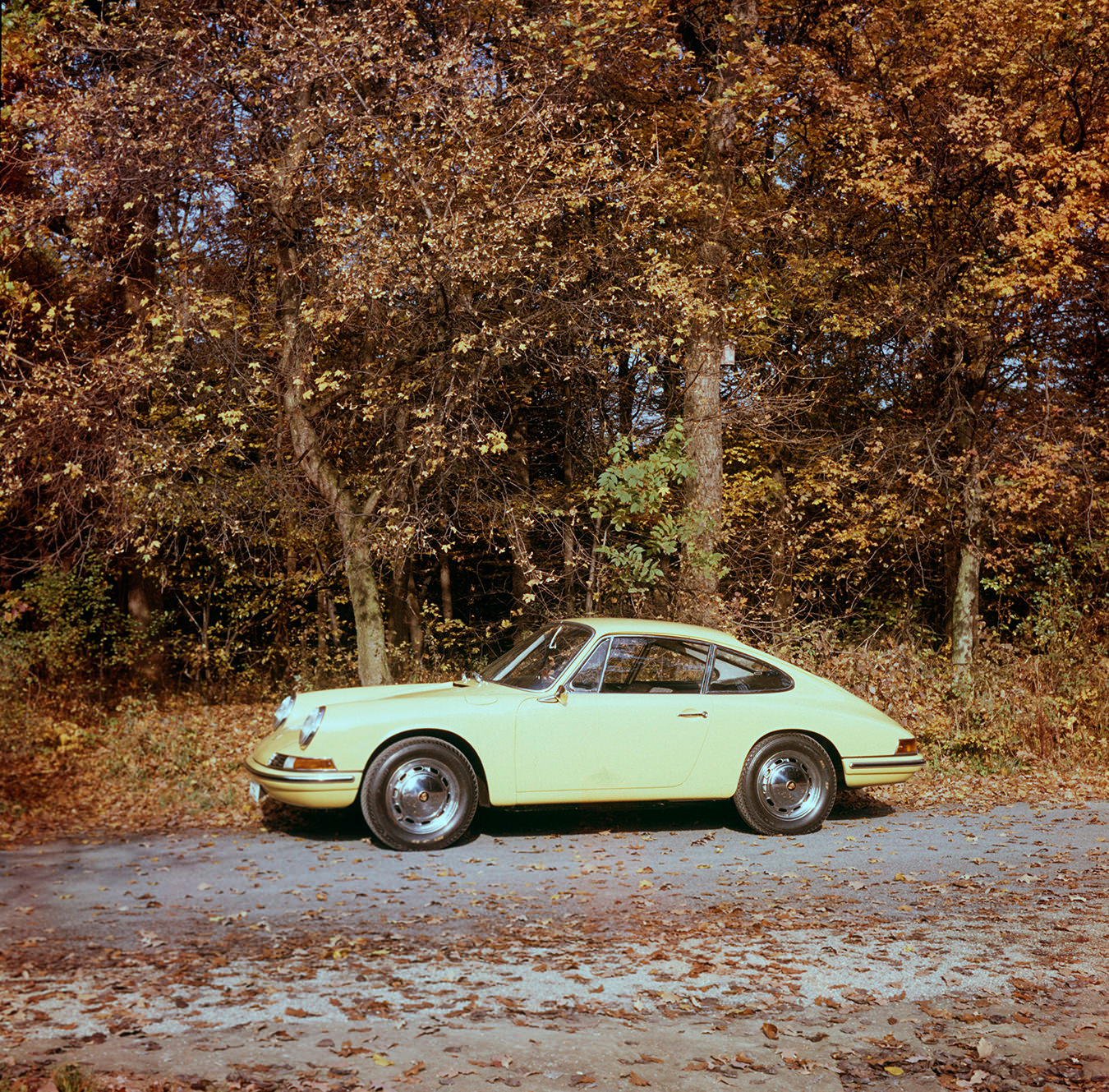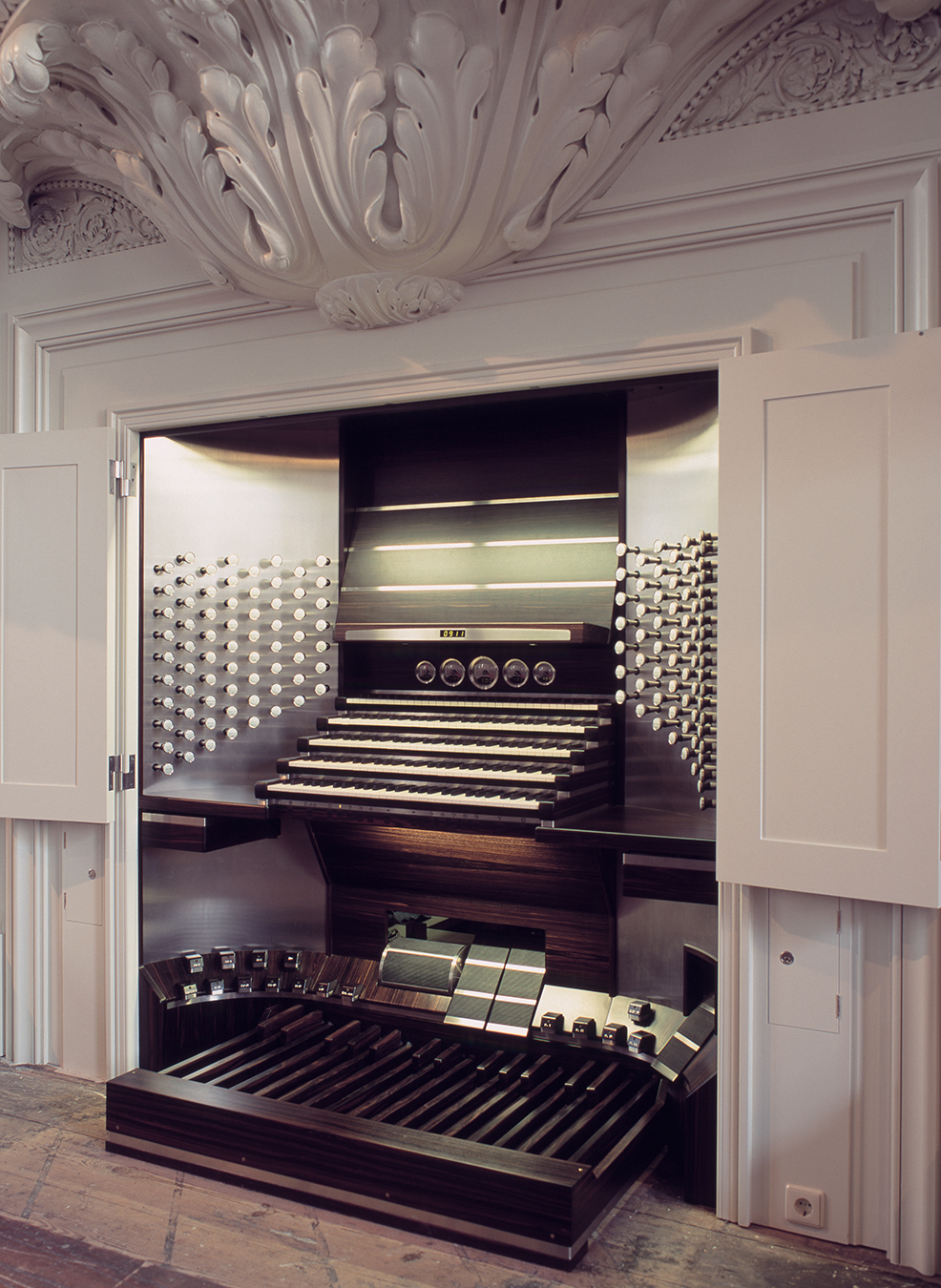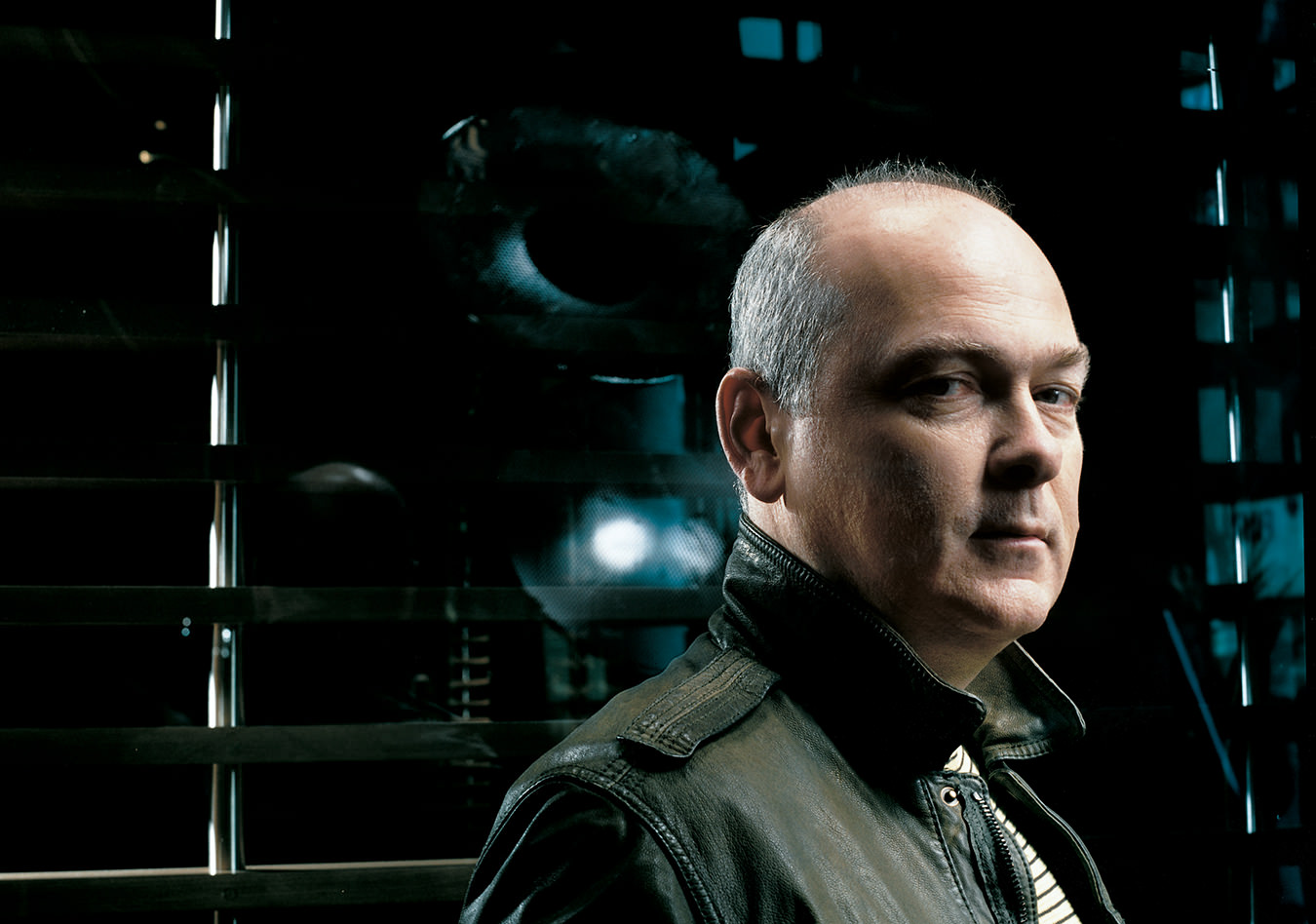Porsche Restoration as Art and Story
Flatsix Classics.
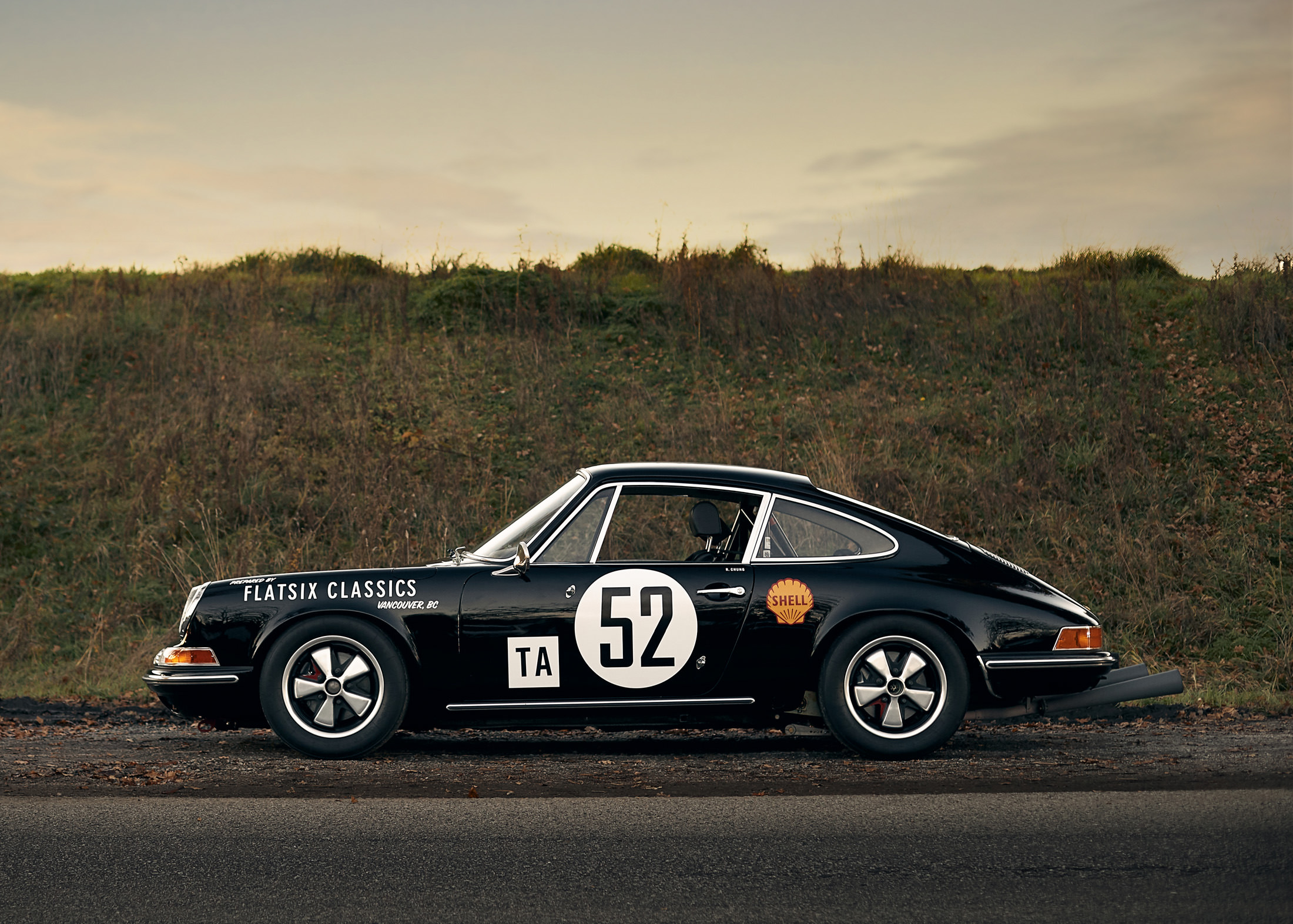
In 2016, Peter Oszczygiel—who had already made a name for himself by restoring Porsche cars with his company Flatsix Classics—was asked by a friend if he wanted to buy a red Porsche 912. While he was mostly doing work on 911s, he decided he would take it. It sat at the back of the Flatsix Classics shop in Richmond, British Columbia, for a month, out of sight and out of mind. In the wide world of Porsche, the 911 sports car is a favourite, with its six-cylinder (flatsix) air-cooled engine; it has been in production since 1963. Though a fine car, the four-cylinder 912 never reached the same level of popularity.
“I wondered why I had bought it at all,” Oszczygiel says; he already had a full workshop at the time. But then he took a closer look at the car (these cars are all meticulously labelled) and realized it hadn’t originally been red—it was one of the three per cent of Porsche 912s produced in silver in 1967. He soon noticed other rare aspects of the vehicle such as the side-view mirror, which had been placed atypically on the fender. In fact, so many of the parts had been specifically and carefully chosen from the factory in Germany where Porsche sports cars were originally produced (and still are today) that he decided to do some more digging.
He found the original owner living in California. The man, an American, had been a teacher in Germany after the Second World War. When he returned to the U.S., he shipped the car with him. Eventually he had to sell it because of his growing family, but he always regretted it.
“About 10 days after I had reached out to the man’s daughter, I got a call back,” Oszczygiel recounts. “The man was almost in tears when he called me.” After a decades-long journey across the world, the silver Porsche 912 is now in the process of being restored. It will be bought back by its original owner, and “it will look exactly like it did in his original wedding photo,” notes Ryan Chung, Oszczygiel’s partner in Flatsix.
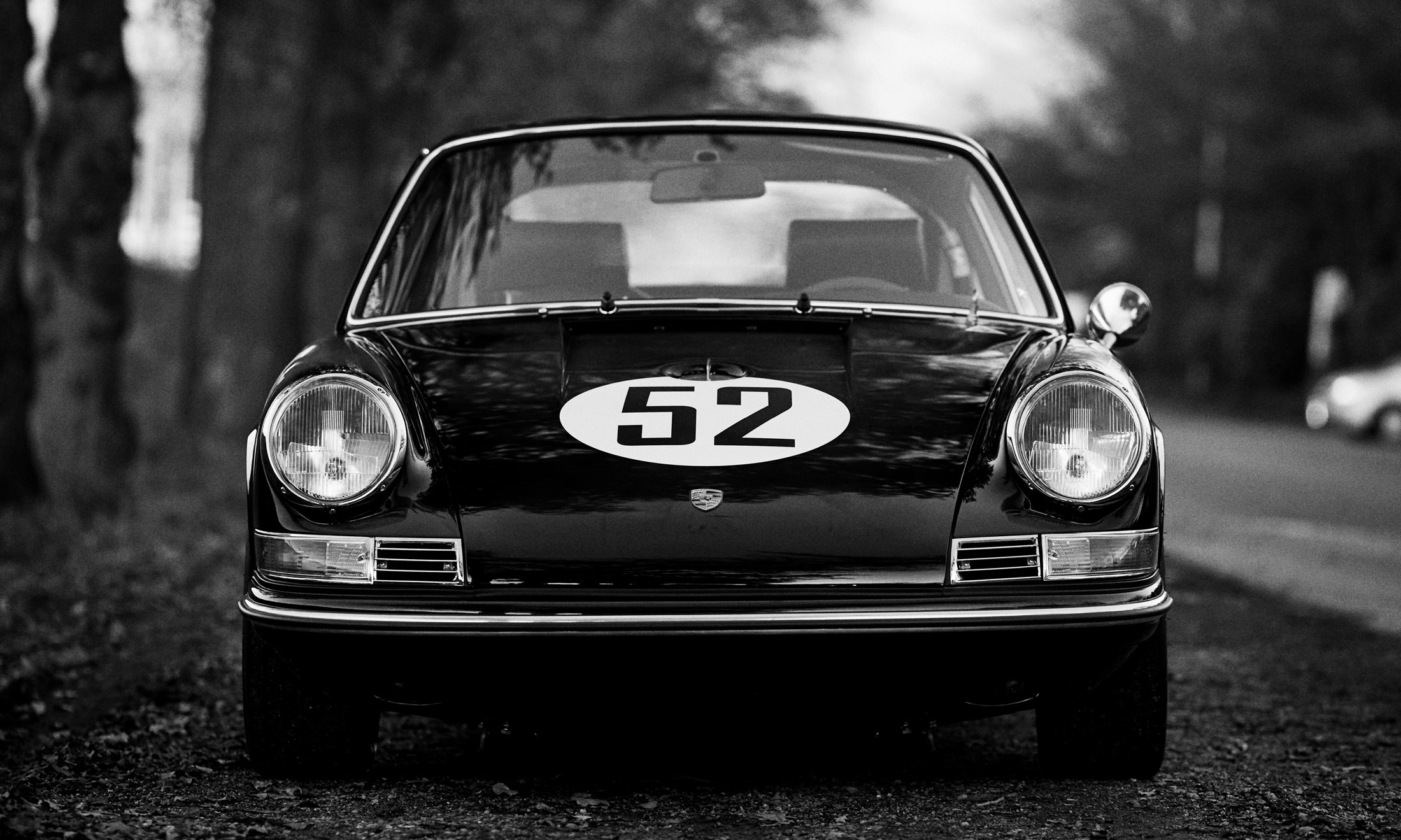
Flatsix Classics, located in Richmond, British Columbia, restores three to four vintage vehicles per year, including this 1970 Porsche 911T.
“These,” Oszczygiel says, “are the kind of stories that people love. That bring together the Porsche community.” And stories like these, hidden under rust and wear, are what first drew Oszczygiel to Porsche when he was a child; he remembers pushing little toy 911s across the floor.
Specificity in restoration is Flatsix’s specialty. “Period correctness” is essential to their craft, and they approach the conceptualization, disassembling, and reassembling of the cars as if they were artists or museum-employed restorers, trying to capture the historical flavours and tendencies that went into the original makes.
“Period correctness” is essential. Chung and Oszczygiel approach the conceptualization, disassembling, and reassembling of the cars as if they were artists or museum-employed restorers, capturing the historical flavours that went into the original makes.
They like to work on retro, pre-’90s cars, preferring the ’60s and ’70s analogue vehicles to their digital descendants. “Earlier cars are either pure hydraulic or a cable-actuated clutch. They have manual brakes, manual steering, manual doors,” Chung notes. Oszczygiel puts it plainly: “They’re raw. It’s a driver’s car.” When asked exactly what makes this rawness so appealing, Oszczygiel insists that it’s mostly unexplainable, that one must actually get behind the wheel to understand the appeal. Chung adds: “It’s really everything: the way you fire the car up, and the mechanical engine coughs and barks. Then all of a sudden, everything smooths out.”
The 911’s celebrated flatsix is designed to idle smoothly. It is perfectly balanced. The effect is visceral, they explain, noting the sound of the air-cooled engine and the tremor of the slightest pebble on the road running up the steering wheel into one’s hands. “No other car sounds like that,” Chung enthuses as he describes the whir of the 911’s fan.
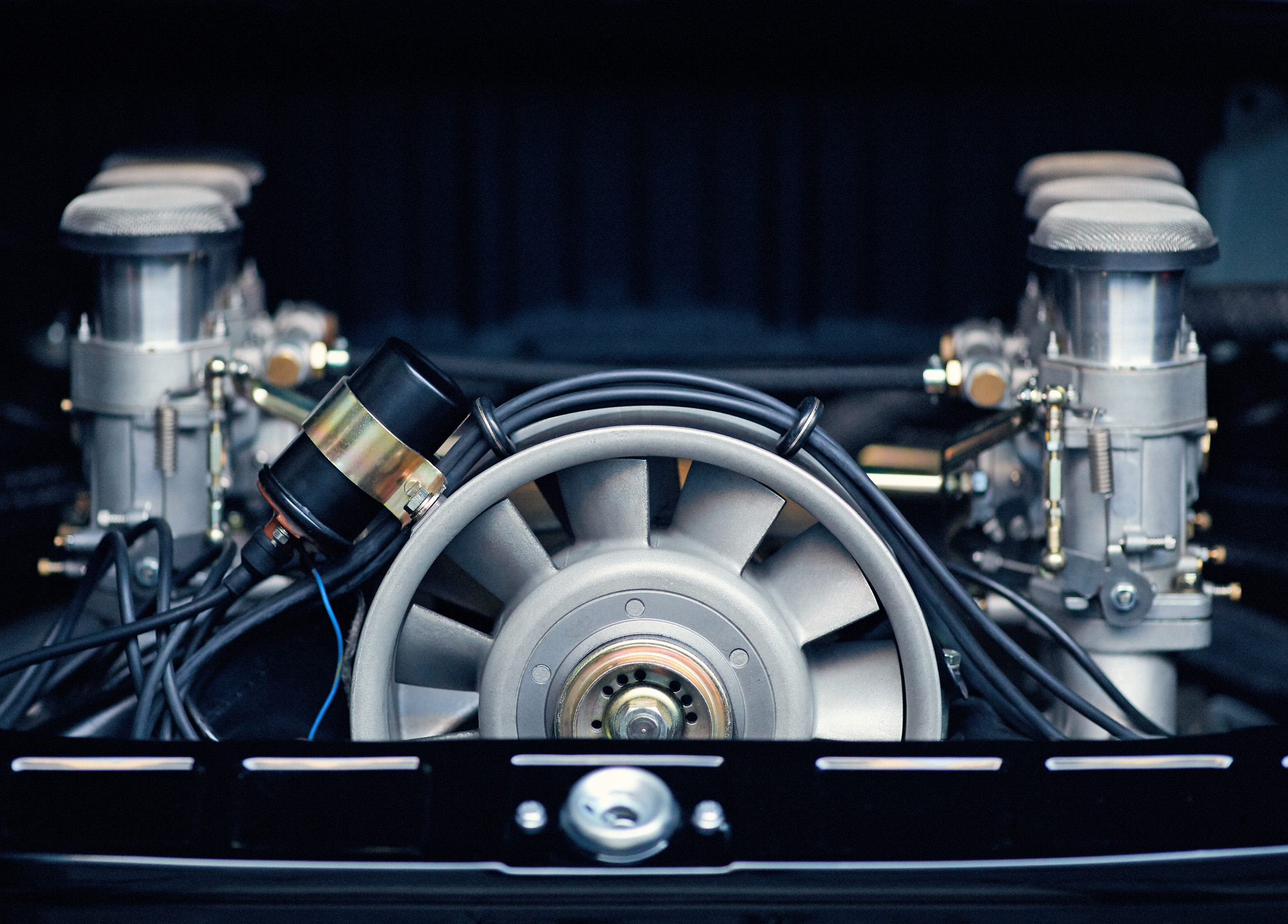
A look under the hood at a flatsix engine.
Because of their attention to detail, the Flatsix Classics team produces only three to four restored vehicles per year on average. The hunt for parts that fit the specific body of the car from the right year takes a huge amount of time in itself, and the search for the right component, even something as small as a headstamp on a bolt, can stall a whole project. “All of the cars were originally handmade,” Chung says, and the specific car depended on “who stamped something and who welded it that day. Forty-five years later, these cars have been through a lot. Getting the bodies right takes a lot of work. It takes an artist to do it.”
Despite their current focus on sports cars, Oszczygiel and Chung first made waves on the West Coast car circuits with a remodelled 2004 turbo Cayenne. It’s styled in the fashion of the Rothmans 187 car, a Porsche 959 built for the Rothmans racing team in the ’80s. The 959 competed with off-road rally cars, and it has been an icon of the Porsche community ever since, making Flatsix’s Cayenne instantly recognizable and cherished as an homage to Rothmans.
Oszczygiel and Chung never intended for their Cayenne to become so popular. “We were driving around during car week, and there were Ferraris and race cars—and people just ignored them when the Cayenne came down,” Chung says, chuckling. “It was wild.”
Flatsix Classics is all about story and craft. Even though Oszczygiel and Chung lament the smaller Canadian market for their work, they say the team enjoys working with clients all over North America and Europe. European clients are special, though, because many of the vehicles were shipped overseas. Sending a restored Porsche to Europe is akin to sending it home after a long journey—much like the storied silver 912, whose journey has not yet ended.
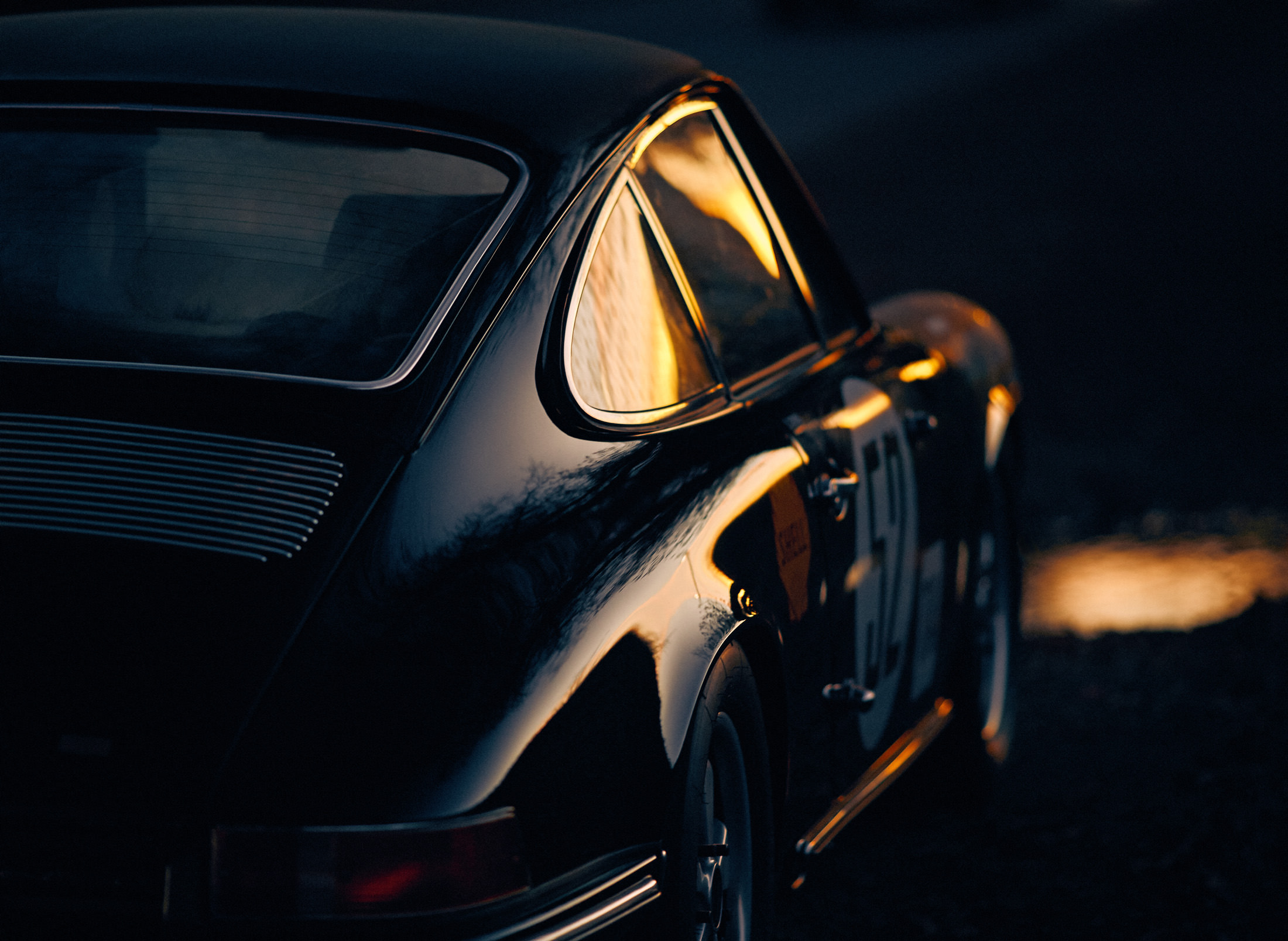
The lengthy process of restoration requires an artisan’s sensibility as much as a mechanic’s expertise.
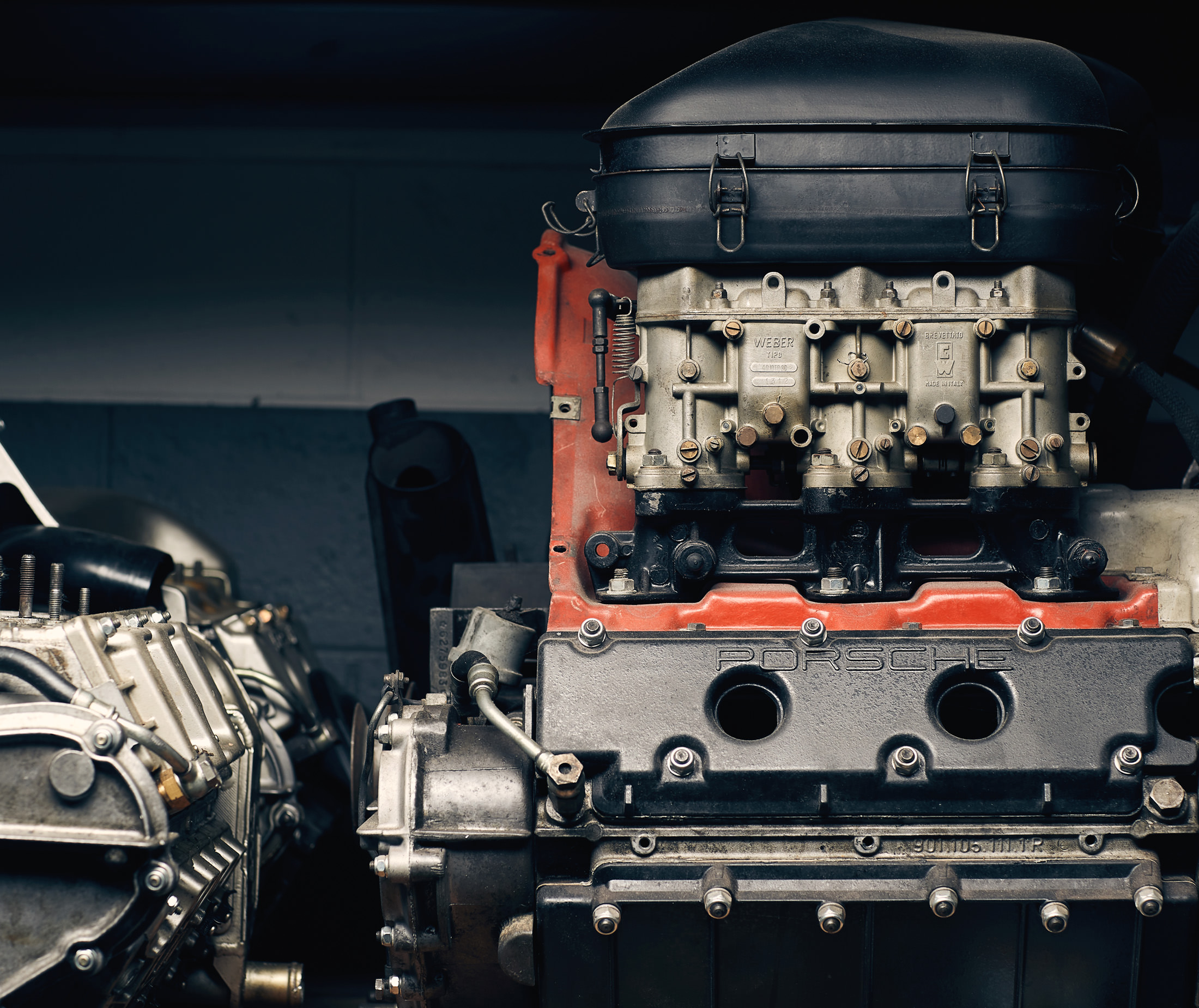
Flatsix engines are six-cylinder air-cooled engines that have been in production since 1963.
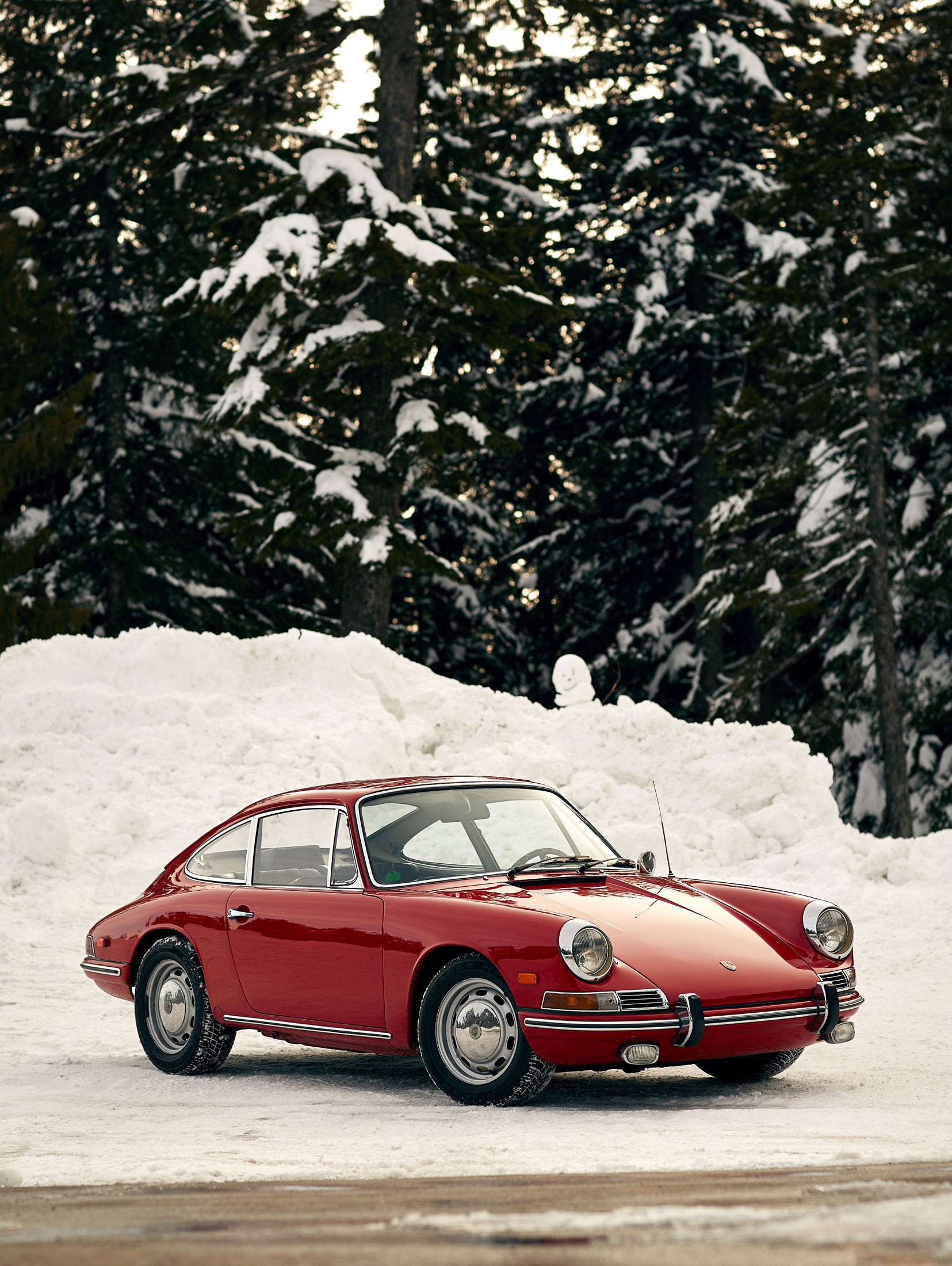
A 1968 Porsche 912.
_________
Never miss a story. Sign up for NUVO’s weekly newsletter here.


